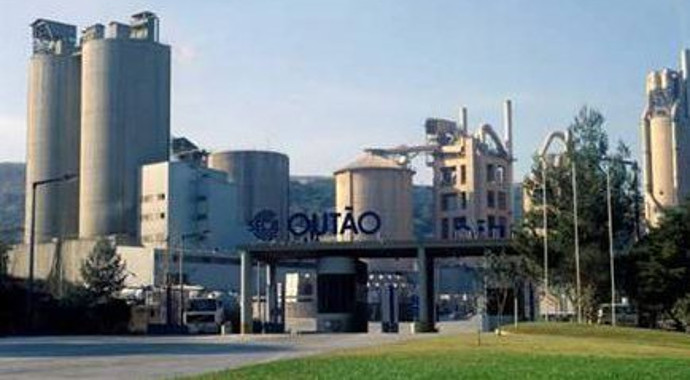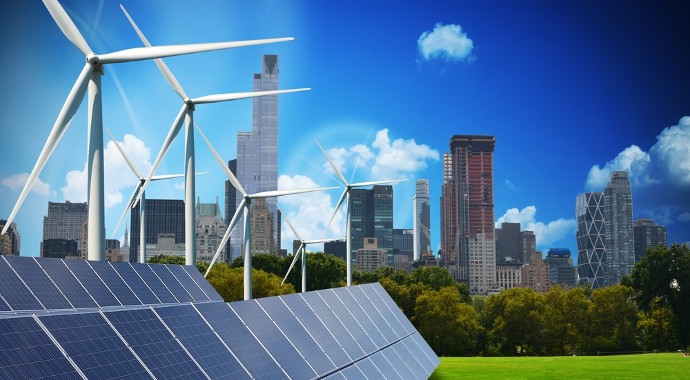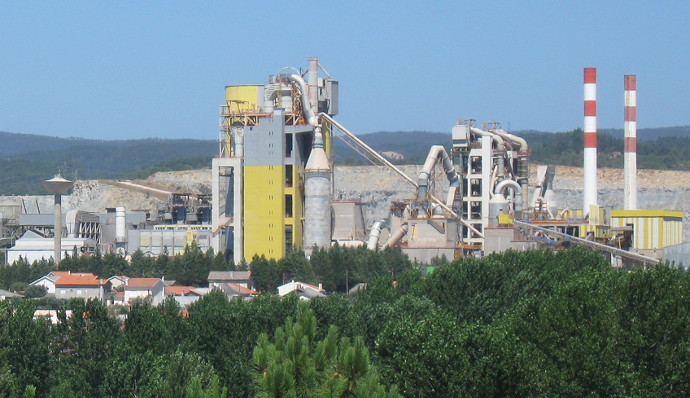The C5Lab aims at contributing to a carbon neutral society by developing solutions for CO2 Capture & Use, synthetic fuels production, energy efficiency, low carbon clinker families and eco-efficient cements and cementitious materials (concretes, mortars, grouts) as well as new sustainable solutions for concrete construction. Research activities in the C5Lab cover three main areas:

R&I 1. Carbon Capture, Utilisation and Storage (CCUS)
The capture of CO2 and utilization as an integrated technology for the valorisation of CO2 into added-value high energy density chemicals, in particular methane (CH4), methanol (MeOH), dimethyl ether (DME) and dimethyl carbonate (DMC), exploiting renewable energy sources, is a key technology to reduce CO2 emissions from cement plants. The CO2 capture can be achieved mainly using chemical or physical sorbents, including chemical absorption and adsorption technologies. In both cases, the sorbents are then regenerated. Some options do not require fundamental changes in the clinker burning process and can be applied both to new kilns and as retrofits to existing plants. The valorisation requires adequate development and choice of cheaper, highly active, selective, stable and efficient catalysts to break down carbon dioxide into carbon monoxide causing a chemical reaction between hydrogen and carbon monoxide molecules to create the hydrocarbon chains that make up liquid fuels and from those to other different purposes. Based on the need to develop these breakthrough technologies, C5Lab’s goal is to improve the technical and economic feasibility of these novel technologies as a potential application in the industry. The work in this R&I area is focused on building demonstration and improvement of technical and economic feasibility of this concept in an industrial context.

R&I 2. Energy Transition and Efficiency
Energy efficiency is usually the most cost-effective way to reduce the carbon emissions of an energy intensive industry like the cement industry. During the last 20 years, the Portuguese cement sector has been investing significantly in different technologies to increase the energy efficiency of cement plants. Being an intensive combustion industry, acting upon the fuels and its efficiency originates relevant optimization and improvements. The transition to green fuels needs to, for example, ensure correct flame behaviour and minimization of the impacts on product and process quality. Despite the significant steps towards energy efficiency in the cement industry, there are still opportunities associated to new solutions that might go beyond combustion. However, several technologies still have a large payback period and therefore have not been adopted due to absence of large public incentives. C5Lab’s is working towards optimizing and improving grinding and green fuel technologies to reduce their costs or increase their gains, ensuring these are cost-effective solutions for the cement industry.
R&I 3. Novel Cementitious Materials for Sustainable Construction Solutions
The third R&I area has two main goals: i) the development of novel low-carbon, eco-efficient cementitious materials, which can be accomplished through different pathways (e.g., by incorporating secondary raw materials precombustion and in the cement mix), and ii) the assessment of the environmental performance of cementitious materials in a lifecycle perspective. Regarding low-carbon, eco-efficient cementitious materials, several approaches have been adopted in the last decades aiming at producing eco-efficient concretes, namely reducing the clinker Portland content in the cement, using alternative binders with a reduced CO2 impact, and replacing natural aggregates with recycled aggregates. C5Lab’s research focuses on finding novel secondary raw materials and ensuring the technical characteristics for demanding applications, which will directly benefit the competitiveness and environmental footprint of the cement industry. Regarding the second goal, the R&I focus has been on topics such as life cycle assessment (LCA) of cement through its life cycle (cradle to grave); the thermal properties of cementitious products and how they affect the buildings’ performance in the use phase; the carbonation of concrete (i.e., the CO2 that is sequestered in cement during its lifecycle); the use of CCU to create carbon sinks in buildings and infrastructure, among others.


